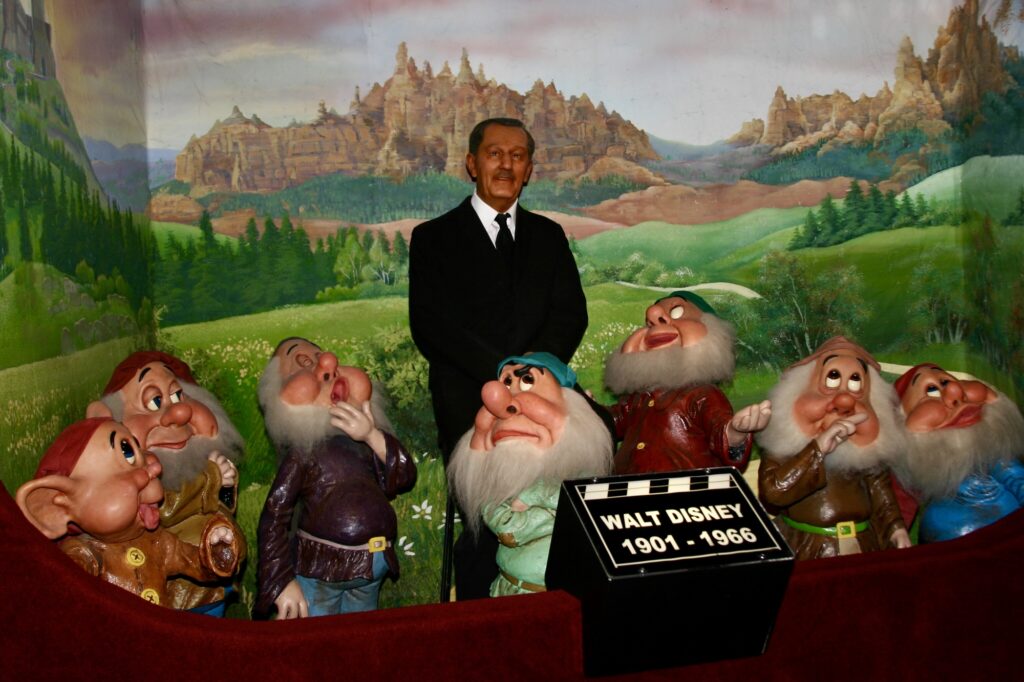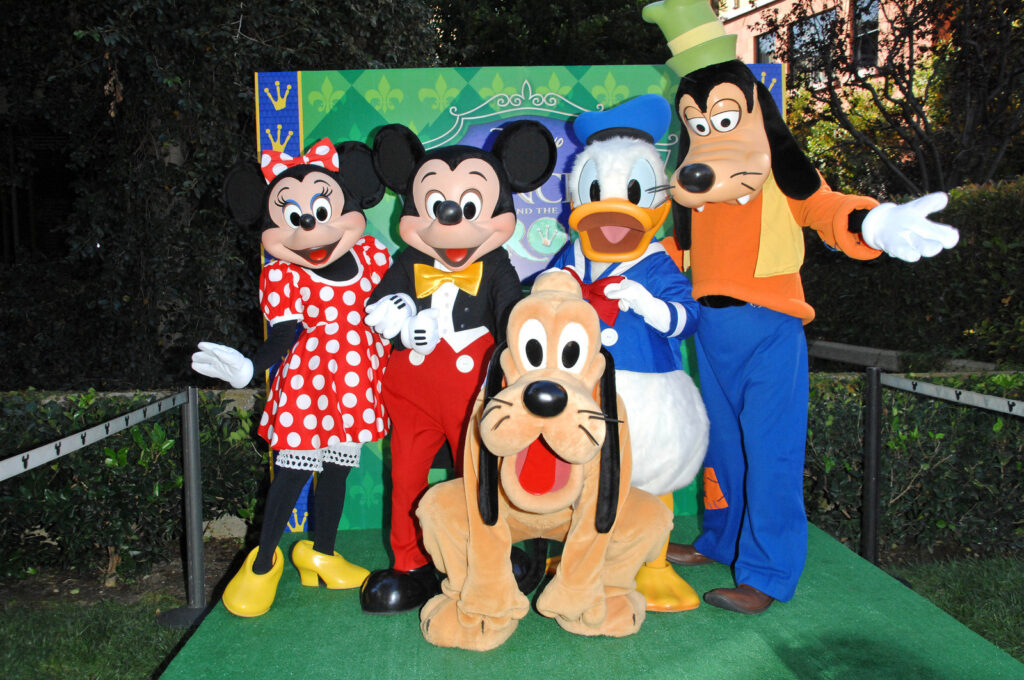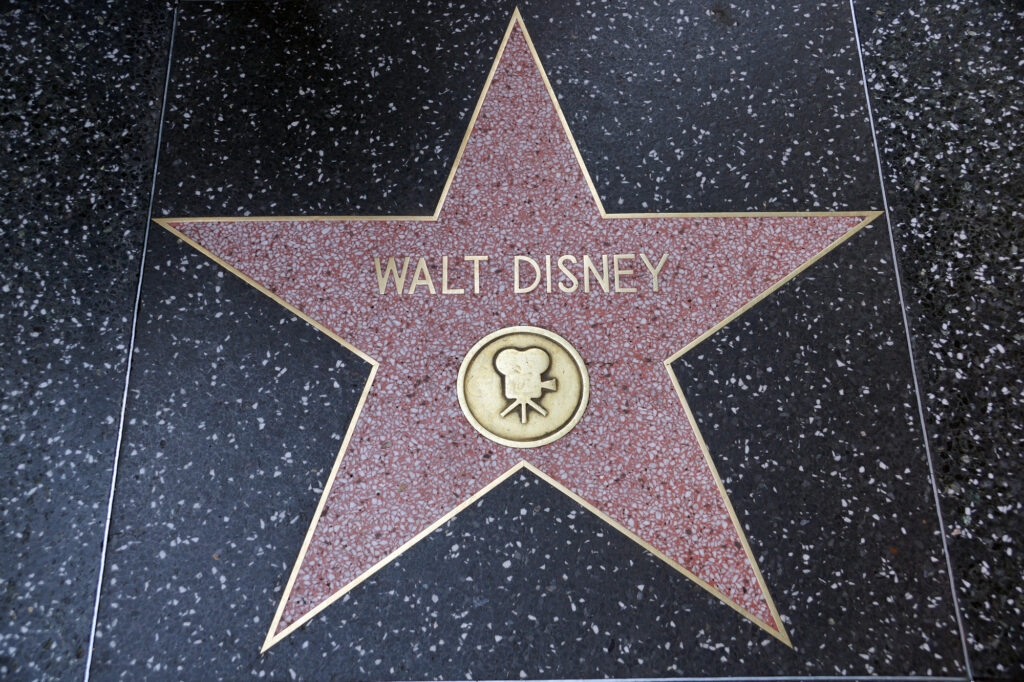Interesting Facts About Disney – Disney, synonymous with enchantment and entertainment, boasts a treasure trove of fascinating facts and milestones that have shaped popular culture.
Founded by Walt Disney and his brother Roy in 1923, the Walt Disney Company has become an emblem of creativity and innovation. Few people have had the kind of impact on American pop culture that Walt Disney had.
After making his mark on the world of animated film, Disney turned to live-action films and, ultimately, the theme parks that remain major tourist destinations to this day.
Interesting Facts About Disney – The Man Behind The Magic
So here are some fun facts about Walter Elias Disney, academy awards winner and the happiest place in the world:
Hometown
Although born in Chicago, Disney considered Marceline, Missouri, to be his hometown and spent much of his life trying to recapture its small-town sensibilities. Main Street U.S.A. in the Disney parks is based on a fanciful recreation of his memories of this community.
World War I
Disney tried to enlist in the U.S. Army during WWI, but was rejected because of his age (16). He managed to join the Red Cross, which sent him to France to drive an ambulance.
Co-Creator of Disney’s Hollywood Studios
With this older brother Roy, Walt established one of the earliest animation studios called “Disney Bros. Studio” in 1923, which was located behind a Los Angeles realty office.
As the business grew, the name and location changed to Hyperion Avenue and finally to Burbank where the name became Walt Disney Studios.
Animator
Along with illustrator U.B. Iwerks, Disney created the famous cartoon character Mickey Mouse, whose name was changed from Mortimer Mouse on a suggestion from Walt’s wife Lillian, and first appeared on November l8, 1928, in New York City.
According to The U.S. Patent and Trademark Office, the Mickey Mouse image is on more than 7,500 items and is the number one reproduced image in the world.
In 1937, Disney’s first full-length animated feature, “Snow White and the Seven Dwarfs,” revolutionized cinema, earning Walt a special Academy Award the following year.
This success paved the way for future classics like “The Lion King,” “The Little Mermaid,” and “Beauty and the Beast,” which continue to captivate audiences worldwide.
Innovator
Walt Disney, quite the innovator, was the first to make an animated cartoon with sound in 1928 in the cartoon short “Steamboat Willie.”
His was the first commercial film to use Herbert Kalmus’ three-color dye transfer system known as Technicolor in a cartoon, which was titled “Flowers and Trees” in 1932.

Inventor
Walt Disney invented the multiplane camera called the “art of animation” camera in 1936, which he patented on May 1, 1940. This camera used stacks of glass cells, each one depicting one specific animation feature, such as background, which allowed more richness and depth to animation.
This resulted in a more realistic three-dimensional product. This process saved incalculable time because the panes that had non moving elements could be used over and over. The first full-length film to use this camera was “Snow White and the Seven Dwarfs” in 1937.
Developer
Walt had the idea for creating a clean theme park that would appeal to adults as well as children after taking his two daughters, Diane and Sharon, to a local park in the 1940s.
After he established Disneyland in Anaheim, California, Walt began purchasing another location for his “dream park,” a plot of land twice the size of Manhattan Island in mid-Florida, which was at the time composed mostly of mango groves and nut trees. This area eventually became Disney World and Epcot.
Disneyland, the Magic Kingdom in California, opened in 1955, followed by Walt Disney World Resort’s Magic Kingdom in Florida in 1971.
Covering approximately 25,000 acres, Walt Disney World is twice the size of Manhattan and includes unique attractions like EPCOT (Experimental Prototype Community of Tomorrow) and Spaceship Earth.
Philanthropist
Walt Disney along with his older brother Roy established the California Institute of the Arts through the merger of two schools, Chouinard Art Institute and the Los Angeles Conservatory of Music in 1961.
Walt, who conceived and implemented this novel way to teach professional creative and performing arts by bringing them together under one roof in a “community of arts” atmosphere, considered this educational institution his highest achievement.
He commented, “It’s the principal thing I hope to leave when I move on to greener pastures. If I can help provide a place to develop the talent of the future, I think I will have accomplished something.”
Disney Films
Disney’s first major foray into filmmaking resulted in “The Alice Comedies” of the 1920s, a series of films in which a live girl interacted with cartoon characters and an animated environment.
Disney would eventually branch out into fully animated films, leading to his most famous creation, Mickey Mouse. Disney himself provided the voice of the character from 1928 to 1947. After a string of animated films, Disney would return to live-action films, incorporating animated elements into movies such as “Mary Poppins.”
Disney’s impact extends beyond animation and theme parks. The acquisition of Lucasfilm brought “Star Wars” into the Disney fold, while Pixar’s “Toy Story” pioneered CGI animation. The company also revived interest in classic characters like Oswald the Lucky Rabbit and Donald Duck.

Mutiplane Camera
Walt Disney’s studios created the first multiplane camera, used to achieve the effect of depth in animated films. It was invented by long-time Disney collaborator Ub Iwerks in 1933. The use of the camera in “Snow White and the Seven Dwarfs” was considered groundbreaking.
Disneyland
Disney began branching out beyond movies, and in 1955, opened his first theme park: Disneyland.
He chose Anaheim as the location for the theme park because he believed that the population in Los Angeles would rapidly grow over the years and enjoy the disney theme parks.
Walt Disney World
Disney’s biggest regret over Disneyland was space. He wanted to expand the theme park and buffer his theme park from the outside world so guests would be truly immersed in the Disney experience.
After secretly buying huge parcels of seemingly worthless land in central Florida, Disney announced his next big project: Disney World. He died five years before it opened in 1971, but played a major role in its early design.
Behind the scenes, Disney’s theme parks employ over 100,000 cast members, ensuring magical experiences for millions of visitors annually.
Disney parks are also known for their “Hidden Mickeys,” subtle images of Mickey Mouse subtly incorporated into park designs.
Disney parks are treasure troves of easter eggs and tributes, including American flags at the Hall of Presidents and Cinderella s Castle. The Haunted Mansion and Pirates of the Caribbean are beloved attractions, with the latter inspiring a successful film series.
Pseudonym
Walt Disney is credited as “Retlaw Yensid” in the film “Lt. Robin Crusoe, U.S.N.” That’s “Walter Disney” spelled backwards.
The name of the family company was Retlaw Enterprises, and the wizard character in 1940’s “Fantasia” was named Yen Sid.

Favorite Song
Disney’s favorite song was “Feed the Birds,” from the film “Mary Poppins.” He would often ask the song’s composer, Robert Sherman, to play it for him on a piano in the studio.
Sherman would say in interviews that Disney liked the song because of its subtle message about human kindness.
Death From Lung Cancer
After months of poor health, Walt Disney was diagnosed with cancer in late 1966, and underwent surgery to remove his left lung. Disney had been a chain smoker for much of his life. Disney died on December 15, 1966.
The Cryonic Myth
An often-repeated myth is that Walt Disney was frozen after his death, theoretically preserved so that he could one day be brought back to life. Some versions of this legend have Disney’s body resting under a Disneyland attraction.
Disney was in fact cremated shortly after his death, and his ashes were interred at the Forest Lawn Memorial Park in Glendale, California.
From an ambulance driver in WWI to creating a magical place for families worldwide, Walt Disney s journey exemplifies creativity and resilience.
Today, Disney’s influence continues to grow, blending nostalgia with cutting-edge entertainment.
With a rich history spanning nearly a century, Disney continues to inspire generations with its storytelling prowess and ability to transport audiences to magical realms, making it a cornerstone of global entertainment and culture.

